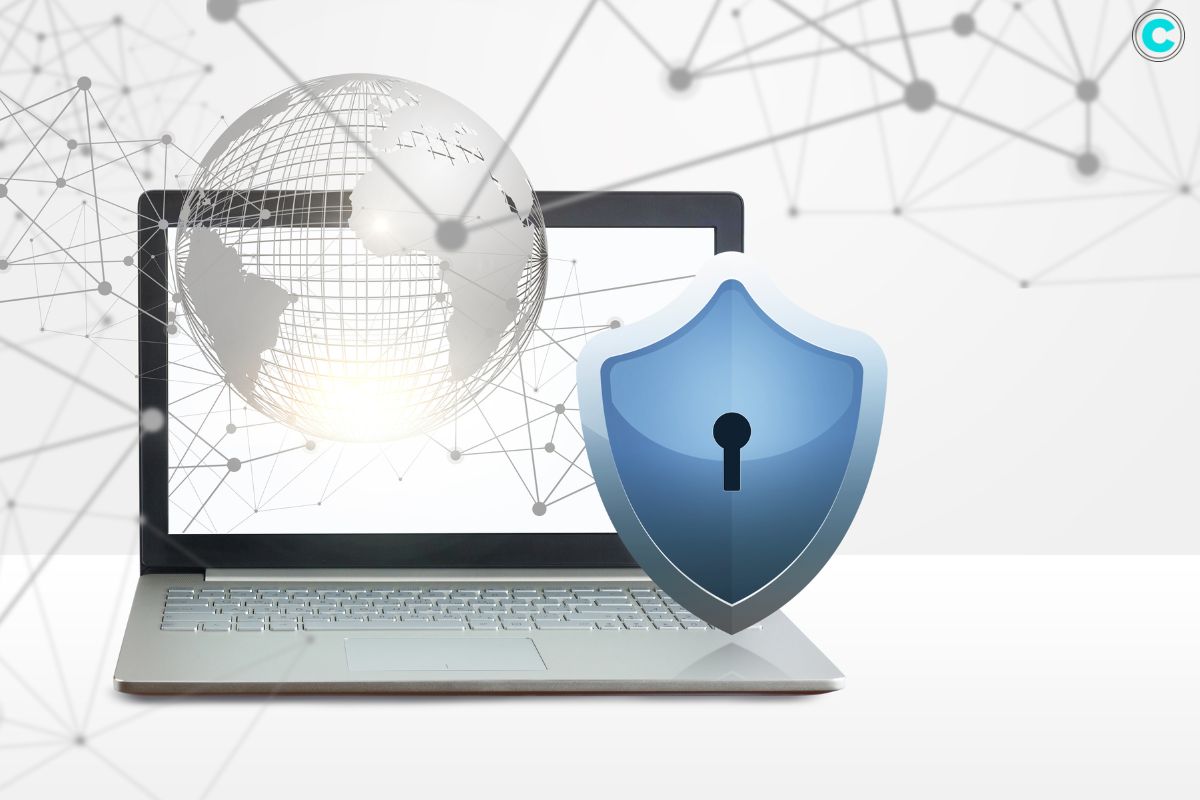In today’s world of technology and connectivity, keeping our networks secure is more important than ever. Cyber threats are constantly changing and becoming more sophisticated, so it’s crucial for organizations to focus on protecting their networks to keep sensitive information safe and their operations running smoothly. In this article, we’ll explore the essential strategies and best practices for ensuring strong security in a network. Whether you’re a business owner or an individual, you’ll find practical tips and insights to help you protect yourself and your data.
The Importance of Security in a Network
Security in a network refers to the measures and protocols implemented to protect the integrity, confidentiality, and availability of data and resources within a networked environment. As cyber threats become more sophisticated, the need for comprehensive network security strategies has never been greater. Without proper security measures, networks are vulnerable to unauthorized access, data breaches, malware attacks, and other cyber threats.
Key Strategies for Enhancing Security in a Network

1. Implementing Firewalls
Firewalls act as a barrier between your internal network and external threats. By monitoring and controlling incoming and outgoing traffic, firewalls can prevent unauthorized access and filter out potentially harmful data. A well-configured firewall is a crucial first line of defense in network security.
2. Utilizing Intrusion Detection and Prevention Systems (IDPS)
Intrusion Detection and Prevention Systems monitor network traffic for suspicious activity and known threats. These systems can alert administrators to potential intrusions and, in some cases, take automated actions to block or mitigate the threats. Integrating IDPS into your network security strategy is vital for identifying and responding to attacks in real time.
3. Regularly Updating Software and Systems
Keeping software and systems up to date is essential for security in a network. Software updates often include patches for security vulnerabilities that could be exploited by attackers. By ensuring all systems are current, organizations can reduce the risk of cyber threats.
4. Implementing Strong Access Controls
Controlling who has access to network resources is a fundamental aspect of network security. Implementing strong access controls, such as multi-factor authentication (MFA) and role-based access control (RBAC), ensures that only authorized individuals can access sensitive data and systems.
5. Encrypting Data
Data encryption is a critical technique for protecting sensitive information both in transit and at rest. By converting data into a secure format, encryption prevents unauthorized parties from accessing or deciphering the information, even if they manage to intercept it.
6. Conducting Regular Security Audits
Regular security audits help organizations identify vulnerabilities and assess the effectiveness of their security measures. By conducting thorough audits, businesses can pinpoint areas for improvement and ensure that their network security strategies remain effective against evolving threats.
7. Employee Training and Awareness
Human error is a significant factor in many security breaches. Training employees on best practices for network security, such as recognizing phishing attempts and using strong passwords, can significantly reduce the risk of security incidents. Ongoing education and awareness programs are essential components of a comprehensive security strategy.
Advanced Measures for Security in a Network
1. Implementing Network Segmentation
Network segmentation involves dividing a network into smaller, isolated segments to limit the spread of cyber threats. By containing threats to specific segments, organizations can minimize the impact of a security breach and protect critical assets.
2. Deploying Virtual Private Networks (VPNs)
VPNs provide secure, encrypted connections for remote users accessing the network. By using VPNs, organizations can ensure that remote access is secure and that sensitive data is protected during transmission.
3. Utilizing Security Information and Event Management (SIEM)

Systems SIEM systems collect and analyze data from various sources within the network to detect and respond to security incidents. By providing real-time insights and centralized management, SIEM systems enable organizations to identify and address threats more efficiently.
4. Implementing Zero Trust Architecture Zero
Trust Architecture (ZTA) is a security model that assumes no user or device is trusted by default. By requiring continuous verification of all users and devices, ZTA helps prevent unauthorized access and reduces the risk of internal threats.
5. Adopting Threat Intelligence Services
Threat intelligence services provide organizations with information on emerging threats and vulnerabilities. By leveraging this intelligence, businesses can proactively update their security measures and stay ahead of potential threats.
The Role of Artificial Intelligence in Network Security
Artificial Intelligence (AI) is playing an increasingly important role in enhancing security in a network. AI-powered tools can analyze vast amounts of data to identify patterns and anomalies that may indicate a security threat. Machine learning algorithms can continuously improve their detection capabilities, making AI a valuable asset in the fight against cybercrime.
FAQs about Security in a Network
1. What is network security and why is it important?
Network security involves measures to protect data and resources within a network from unauthorized access, attacks, and breaches. It’s crucial for maintaining data integrity, confidentiality, and operational stability.
2. How can I improve the security of my network?

Enhance network security by implementing firewalls, IDPS, regular software updates, strong access controls, data encryption, and employee training. Conduct regular security audits to identify and address vulnerabilities.
3. What are some common types of network security threats?
Common threats include malware, phishing attacks, ransomware, denial-of-service (DoS) attacks, and insider threats. Each requires specific strategies to mitigate their impact.
4. How does encryption help in securing a network?
Encryption converts data into a secure format, making it unreadable to unauthorized users. This protects sensitive information both during transmission and while stored, ensuring data confidentiality.
5. What is Zero Trust Architecture and how does it enhance network security?
Zero Trust Architecture assumes no user or device is trusted by default, requiring continuous verification for access. This approach minimizes the risk of unauthorized access and internal threats, enhancing overall network security.
Conclusion
Ensuring security in a network is a complex, ongoing process that requires a multi-faceted approach. By implementing robust security measures, staying informed about emerging threats, and fostering a culture of security awareness, organizations can protect their networks and safeguard their valuable data. The strategies and practices outlined in this article provide a solid foundation for building and maintaining secure network environments.






